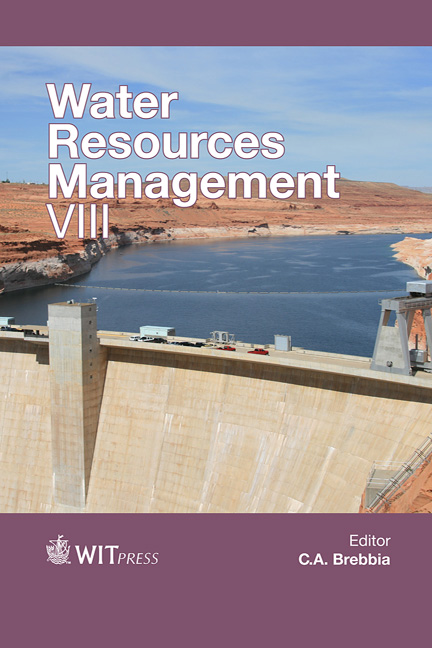University Student Perceptions Of Water Resource Issues And Management In The Pacific Northwest, USA
Price
Free (open access)
Transaction
Volume
196
Pages
12
Page Range
299 - 310
Published
2015
Size
333 kb
Paper DOI
10.2495/WRM150261
Copyright
WIT Press
Author(s)
R. L. Mahler, M. E. Barber
Abstract
The purpose of this paper is to document university student perceptions of the status of water resources in the Pacific Northwest. Water resource perceptions of 7,400 students at the University of Idaho (Moscow, ID, USA) were measured between 1993 and 2014. As part of a learning assessment study students in the large freshman environmental science class were asked several questions about the environment in a standardized survey on both the first and last day of class. In this way changes in student perceptions as a result of the course could be quantified. This survey included several questions about water resources, including water quantity, water quality and drinking water. For each statement in the survey students were asked to choose one of the following answers: (1) strongly agree, (2) agree, (3) no opinion, (4) disagree, or (5) strongly disagree. Key findings of this study include: (1) most students initially believed that water pollution had increased in the last 25 years; however, after the class they believed that water pollution had decreased; (2) students did not consider water shortages a serious problem in the region; (3) student views changed from not emphasizing to emphasizing the need for water conservation in homes and yards; (4) over three-quarters of students that took this class believe that water from the tap in cities was safe to drink; and (5) students changed their views on bottled water – a majority disagree that bottled water is safer than tap water. Student major, gender, and year surveyed (1994 vs. 2014) also had an impact on student answers.
Keywords
public opinion, college student attitudes, water quality, water quantity, drinking water





